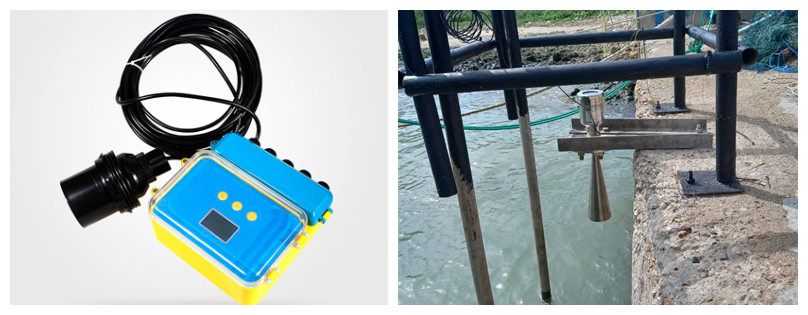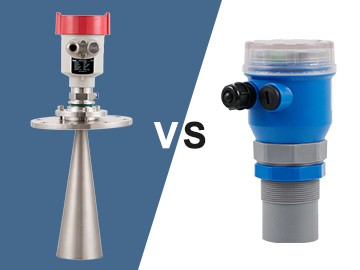Radar Level Gauge V.S Ultrasonic Level Gauge
Radar level gauges and ultrasonic level gauges are quite common in industrial measuring. What is the difference between them and what the advantages are?
For a radar level gauge, the working principle is a function of Time Domain Reflectometry (TDR), also known as the Time of Flight (TOF) radar measuring principle. It has low power consumption and can be powered by a two-wire 24VDC, which is easy to achieve intrinsic safety, has high accuracy, and has a wider range of applications.
An ultrasonic level gauge is generally mounted on the top of the tank or above rivers/containers and transmits an ultrasonic pulse down into the medium. This pulse, travelling at the speed of sound, is reflected back to the transmitter from the liquid surface. The transmitter measures the time delay between the transmitted and received echo signal and the on-board microprocessor calculates the distance to the liquid surface using the formula.

Ultrasonic level gauge uses sound wave while radar uses electromagnetic waves. This is the biggest difference.
Differences in main applications:
1. The accuracy of an ultrasonic is not as good as radar.
2. The cost of a radar is relatively higher than an ultrasonic.
3. When using a radar, the dielectric constant of the medium should be considered.
4. Ultrasound cannot be used in conditions where vacuum, high steam or foam exists.
5. The measuring range of radar is larger than that of an ultrasonic.
6. A radar may be applied in more complex working conditions than an ultrasonic.






